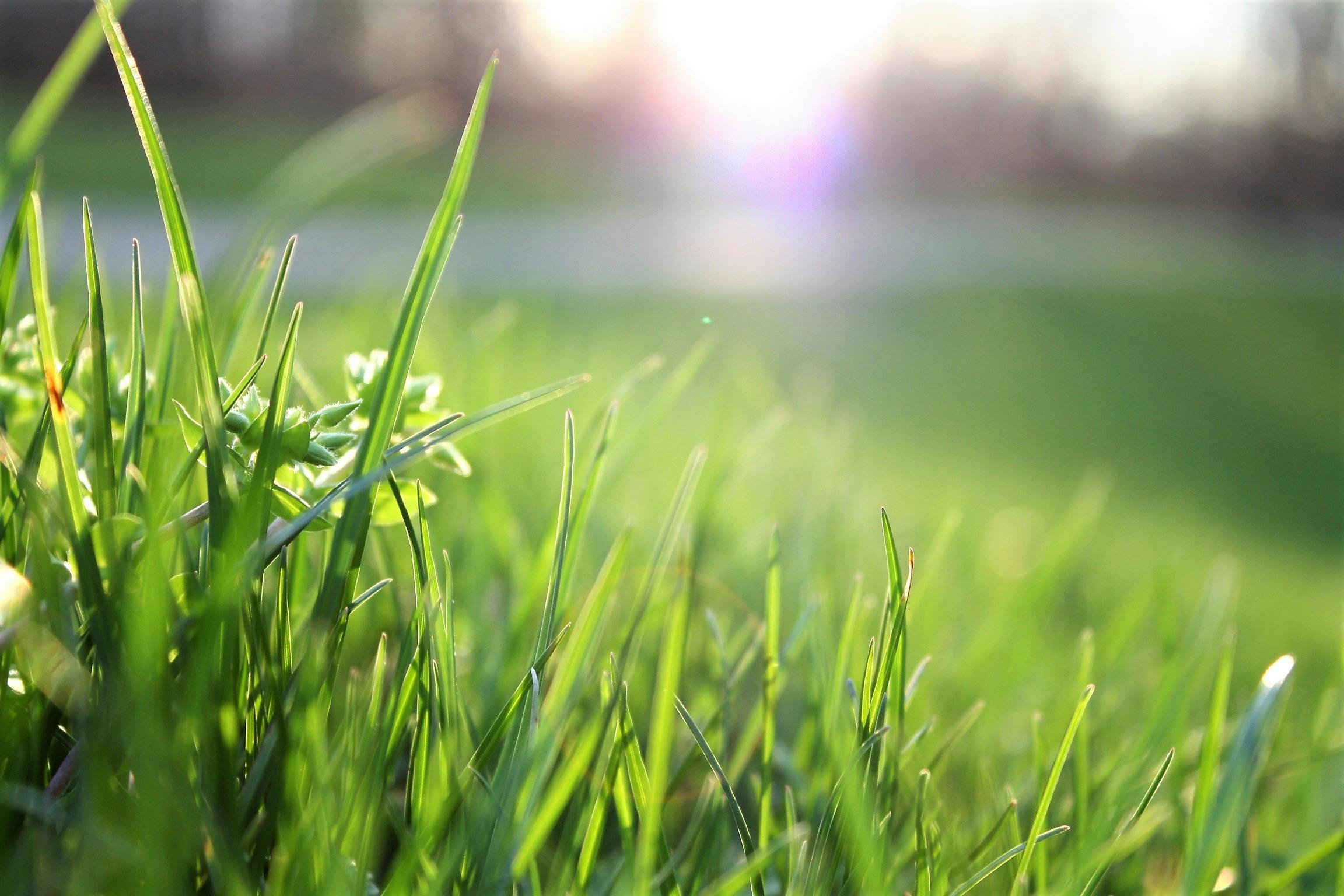
Keeping a healthy, green lawn in Southwest Washington isn’t just about mowing, watering, and fertilizing — it starts beneath the surface. One of the most overlooked factors in lawn health is soil pH. In areas like Camas, Washougal, and Vancouver, where we have plenty of rainfall and naturally acidic soils, regularly testing and adjusting your lawn’s pH can make all the difference in how well your grass grows.
What Is Soil pH and Why It Matters
Soil pH measures how acidic or alkaline your soil is on a scale from 0 to 14.
-
Below 7 means your soil is acidic.
-
Above 7 means it’s alkaline.
-
A healthy lawn typically thrives between 6.0 and 6.5.
When the pH drifts too far out of range, your lawn can’t absorb nutrients efficiently — even if you’re fertilizing regularly. That means you might be wasting money on fertilizer that your grass simply can’t use.
Why pH Tends to Be Low in Southwest Washington
Our region’s wet winters and mild climate are ideal for lawns — but they also contribute to acidic soil conditions. Frequent rainfall leaches calcium and magnesium out of the soil and replaces them with elements like aluminum and iron, which lower pH over time.
Additionally, organic mulches, conifer needles, and decomposing plant matter can further acidify the soil — especially in shaded or forest-adjacent neighborhoods common in Camas and Washougal.
Signs Your Lawn’s pH Might Be Off
If you notice any of these symptoms, it might be time to test:
-
Grass looks pale, thin, or patchy even with fertilizer
-
Moss growth is taking over shady or damp areas
-
Weeds like dandelions and plantains are thriving
-
Fertilizer seems to have little or no effect
How to Test Your Soil pH
There are a few easy ways to test:
-
DIY Soil Test Kits: Available at most garden centers or hardware stores. These are quick but may not be highly precise.
-
Professional Soil Testing: For more accuracy, send a sample to a local lab like Washington State University Extension’s Soil Testing Program.
-
Local Lawn Care Services: Many professional lawn care companies in the Vancouver area include pH testing and balancing as part of their regular maintenance packages.
Adjusting Your Lawn’s pH
If your soil test shows your pH is too low (acidic), applying lime is the most common fix.
-
Dolomitic lime adds both calcium and magnesium.
-
Calcitic lime focuses on calcium and is a great option if magnesium levels are already adequate.
Lime is best applied in fall or early spring when the soil is moist and the weather is cool. Over time, it helps neutralize acidity and allows nutrients to become more available to your grass roots.
If your soil happens to be too alkaline (rare in this region), elemental sulfur can be used to gently lower pH — but it’s best to do this under professional guidance.
How Often to Monitor pH
In the Pacific Northwest, testing your soil every two to three years is a good routine. Lawns that receive frequent fertilization or irrigation may benefit from annual testing to keep things in balance.
The Bottom Line
Healthy lawns in Camas, Washougal, and Vancouver start with balanced soil. Regular pH monitoring helps your lawn make the most of fertilizer, resist moss, and stay lush year-round. If it’s been a while since your soil was tested, fall and early spring are great times to check — before the main growing season kicks in.
If you’d like help testing and balancing your soil’s pH, we’d be happy to assist. Our team provides local expertise and customized treatments tailored to Southwest Washington’s unique soil conditions.
